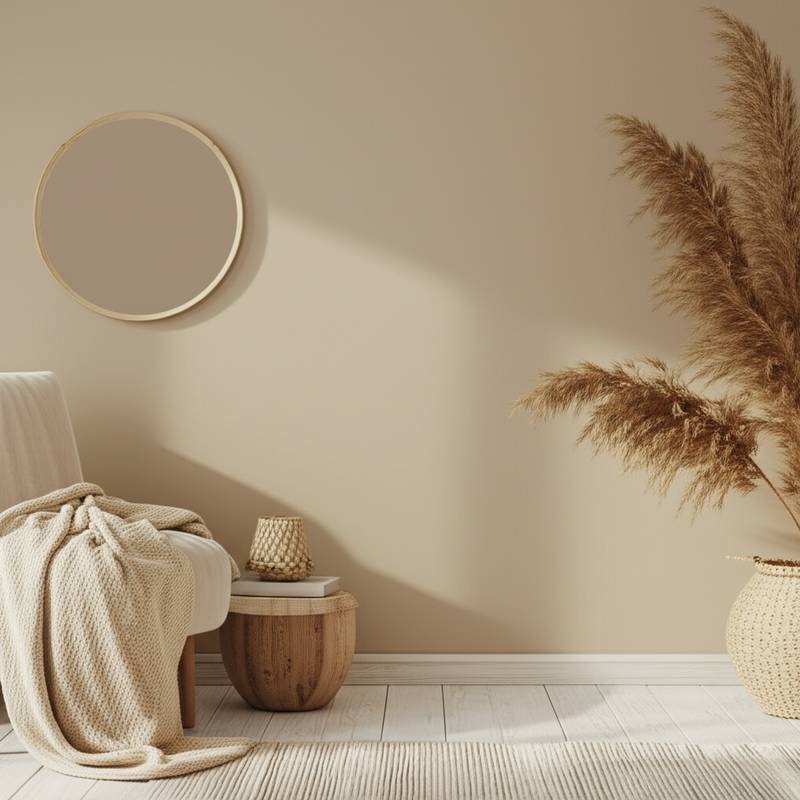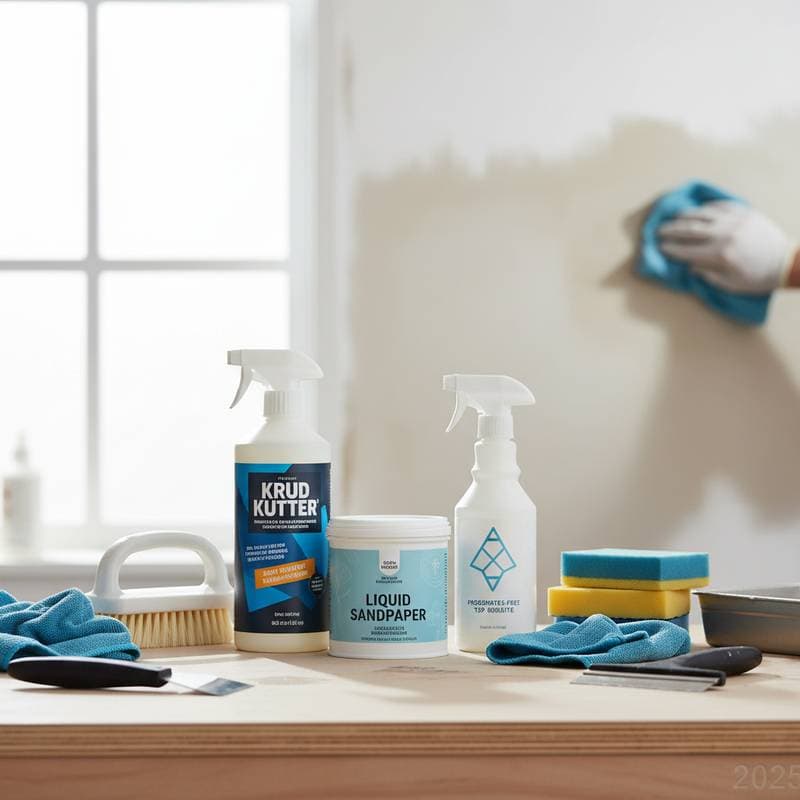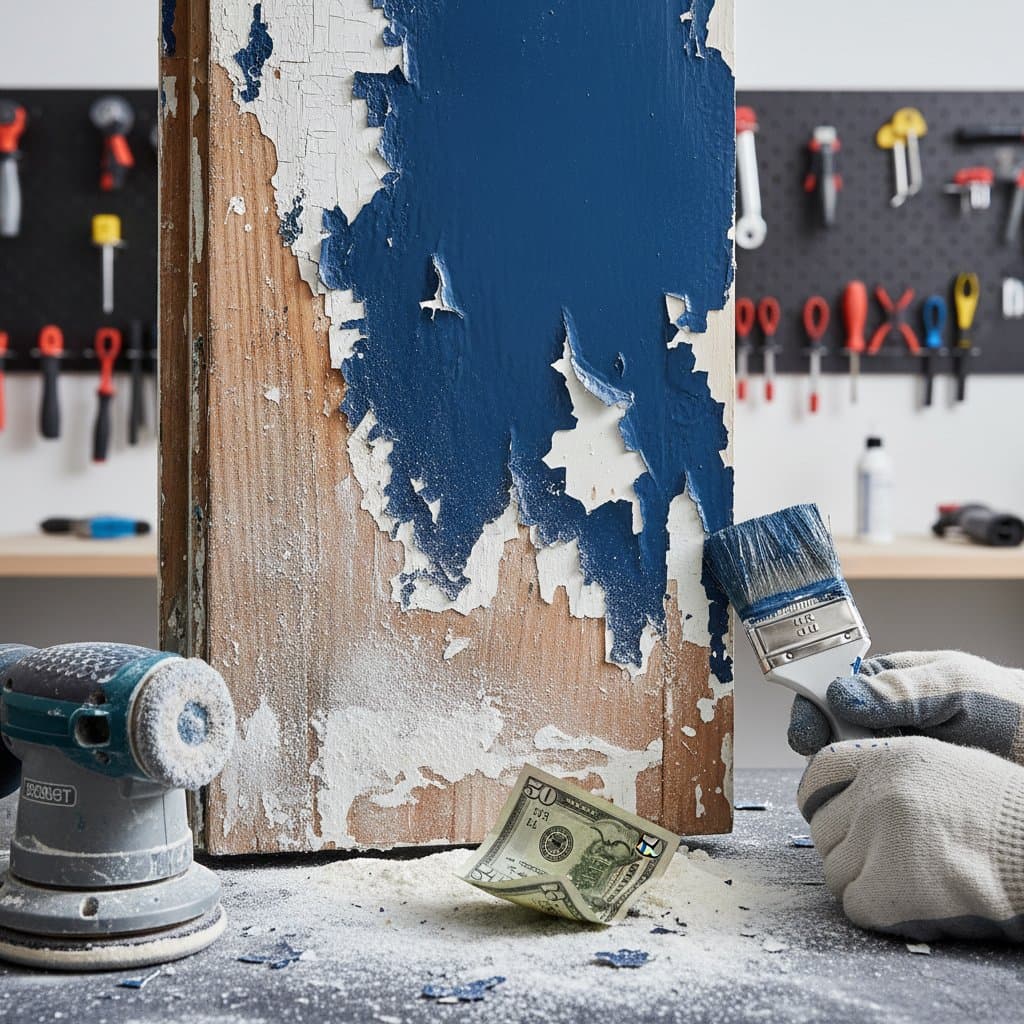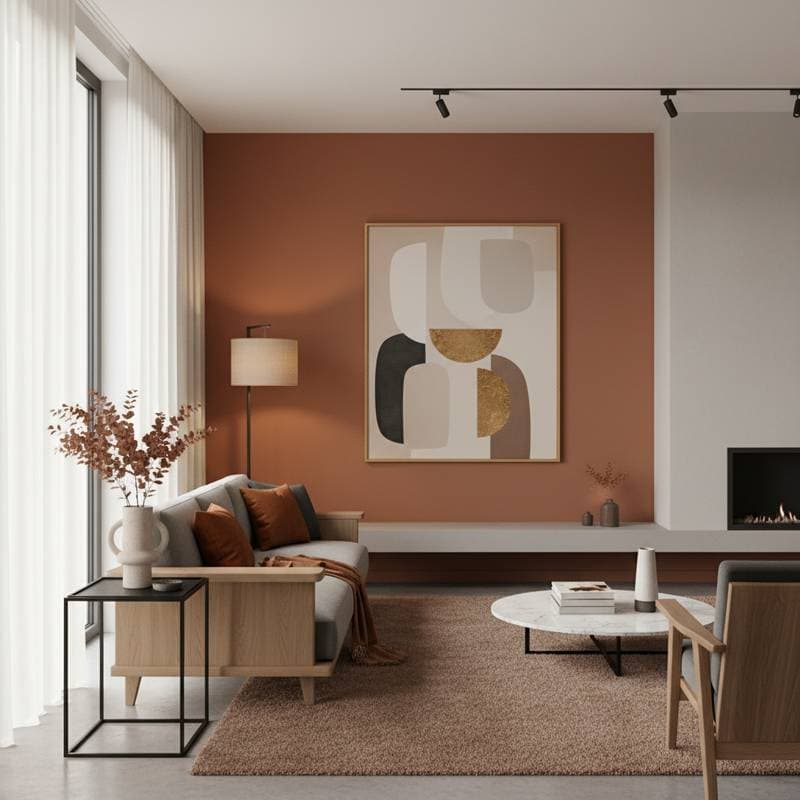Why Mushroom Beige is Replacing Greige in 2025
Neutral tones form the backbone of interior design. Greige, that harmonious mix of gray and beige, held sway in countless modern residences for years. Now, a gentler contender gains traction among designers and residents. Mushroom beige delivers organic warmth and nuanced layers, positioning itself as the forthcoming emblematic neutral.
This transition extends beyond mere trend adherence. It mirrors a larger pivot toward soothing, earth-derived palettes and equilibrated spaces that evoke stability and welcome. Grasping the reasons behind mushroom beige's ascent empowers residents to select enduring hues that amplify aesthetics and worth.
What Sets Mushroom Beige Apart from Greige
Greige secured acclaim through its equilibrium of cool and warm notes. It accommodated diverse decor, from contemporary to classic setups. Mushroom beige, by contrast, favors warmth. Subtle taupe and pale brown inflections evoke natural stone, clay, and timber.
Greige occasionally seems stark under synthetic illumination. Mushroom beige sustains steady coziness across daylight hours. Such reliability suits areas prioritizing ease and calm, including sleeping quarters, gathering spaces, and fluid layouts.
To visualize the distinction, consider sample swatches in varied lights. Mushroom beige softens edges in low-light scenarios, while greige might lean cooler. Designers recommend testing samples on walls for at least 48 hours to observe true performance.
The Cost of Repainting with Mushroom Beige
Residents eyeing an interior refresh face expenses tied to chamber dimensions, surface state, and coating caliber. Professional services generally span $2 to $6 per square foot, encompassing workforce and supplies.
Average Cost Ranges by Room Size
- Small room (up to 150 sq. ft.): $300 - $700
- Medium room (150 - 300 sq. ft.): $700 - $1,200
- Large room (300 - 500 sq. ft.): $1,200 - $2,000
Cost Breakdown per Square Foot
- Materials: $0.80 - $2.00
- Labor: $1.20 - $3.50
- Preparation and repairs: $0.50 - $1.00
- Additional factors: $0.30 - $0.50
Chambers needing thorough groundwork or elevated ceilings may inflate totals by 10 to 25 percent. Opting for superior low-VOC or bespoke coatings elevates supply expenses yet yields enhanced adhesion and longevity.
For precision, measure your space accurately, including ceilings if painting them. Factor in furniture relocation, which adds minimal cost but ensures even application.
Factors Affecting the Cost of Using Mushroom Beige
Surface condition: Imperfections like fissures, discolorations, or prior deep shades demand extended priming and layers. Expect additions of $100 to $300.
Paint quality: Elite brands provide denser color saturation and superior cleanability. Initial outlay rises, but intervals between refreshes lengthen, curbing ongoing expenses.
Lighting and finish selection: Mushroom beige radiates more warmth in matte or eggshell sheens. High-sheen options amplify light reflection yet may shift hue views. Selections influence both visuals and budgets, with lustrous varieties commanding modest premiums per container.
Labor rates: Experts vary charges by region and season. Metropolitan zones often incur elevated fees from operational and rivalry pressures.
Assess these elements early by inspecting walls and consulting local suppliers for shade matches under your home's lighting.
Detailed Cost Analysis by Paint Quality
| Paint Tier | Price per Gallon | Labor + Materials (per sq. ft.) | Key Differences |
|---|---|---|---|
| Basic | $25 - $35 | $2.00 - $3.00 | Suitable for temporary changes, moderate cleanability |
| Standard | $40 - $55 | $3.00 - $4.50 | Reliable endurance and texture, fitting for typical residences |
| Premium | $60 - $80 | $4.50 - $6.00 | Exceptional adhesion, persistent vibrancy, sustainable compositions |
Select tiers based on usage: basic for rentals, premium for primary living areas.
Why Mushroom Beige Adds Lasting Value
Selecting mushroom beige transcends surface alteration. It bolsters a dwelling's enduring allure. Warmth harmonizes with organics like oak, stone, and linen, forging a perennial look that bridges modern and timeless realms. Such adaptability broadens buyer interest during sales.
Mushroom beige also amplifies spatial perception. Gentle light bounce illuminates without white's harshness or gray's chill. Properties in equilibrated neutrals project expansiveness and unity, quietly heightening desirability.
In market analyses, neutrals like this correlate with 5 to 10 percent faster sales. Pair it with accents in greens or blues for layered appeal that withstands evolving tastes.
Money-Saving Strategies for Repainting
- Combine projects: Tackle several chambers simultaneously to minimize setup and clearance efforts, trimming workforce fees.
- Handle prep work yourself: Wipe surfaces, detach fixtures, and mend minor flaws to conserve $100 to $200 in services.
- Choose mid-tier paint: Standard options yield strong outcomes below luxury pricing.
- Time your project during off-peak seasons: Slower periods prompt competitive bids from crews.
- Get multiple quotes: Solicit at least three assessments to benchmark equitable rates.
Implement these by creating a timeline: start with quotes two months ahead, then prep a week prior.
Planning Your Budget
Budgeting for repaints warrants a buffer of 10 to 15 percent against surprises like fixes or surplus layers. Weigh holistic benefits over upfront spends. A finely applied mushroom beige endures years with sparse upkeep, diminishing future outlays.
Track expenses via spreadsheets: list rooms, sizes, and tiers. Consult pros for tailored estimates to align plans with realities.
Making Smart Decisions
Approach color shifts methodically. Test samples extensively, align with furnishings, and prioritize pros for seamless results. Mushroom beige promises not just beauty, but a foundation for serene, valuable living spaces.
Frequently Asked Questions
1. What is the average cost to repaint a room with mushroom beige?
Most residents allocate between $2 and $6 per square foot, varying by dimensions, coating level, and surface readiness. A standard chamber averages $900 to $1,200 under expert care.
2. What factors influence the total painting cost?
Principal influencers encompass groundwork, coating grade, sheen variety, scale, and workforce tariffs. Textured or lofty interiors typically escalate fees.
3. How can I reduce costs while repainting?
Manage simple preparations, select balanced coatings, and gather bids from several experts. Off-season scheduling often secures reduced workforce charges.
4. Should I choose mushroom beige over greige for resale value?
Indeed. Its gentle warmth attracts wider audiences, suiting classic and current designs while promoting visual ease and salability.
5. Is mushroom beige good for all lighting conditions?
Certainly. It adjusts to daylight and fixtures alike, preserving warmth sans excessive yellow or ashen shifts.
6. When is the best time to repaint my home interior?
Seasons with temperate climates suit best, as balanced moisture and warmth aid uniform drying. Advance reservations aid in optimal slots and costs.



